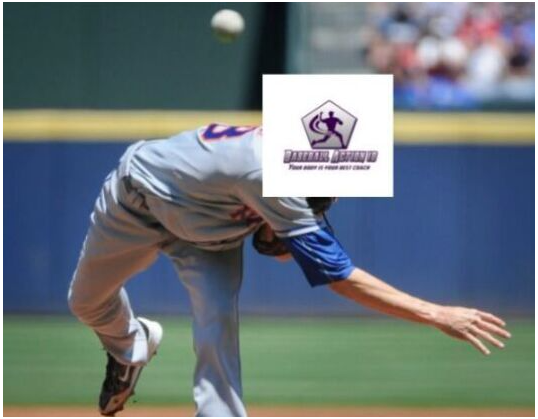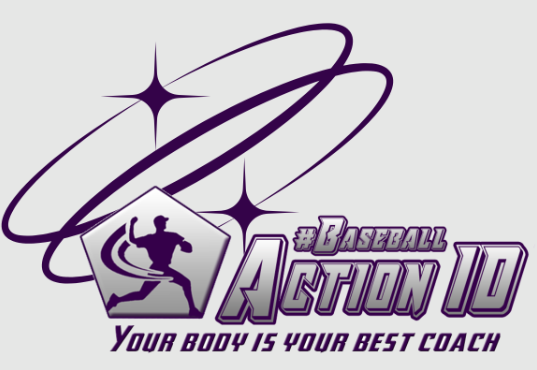How Ignoring Motor Preferences Fuels Injuries in Athletes
Many of today’s athletes are experiencing injuries because they have been coached or trained in a way that doesn’t align with their natural motor preferences.

Let’s take a closer look at this specific pitcher:
This particular pitcher is characterized by a dominant posterior muscle chain, meaning that his centre of gravity is situated in front of his hip joint.
For optimal performance, such athletes rely on initiating movement through their shoulders.
However, it’s highly probable that this pitcher has been taught to ‘stay over the rubber’ rather than initiating his movement right away. This contradicts what posterior muscle chain athletes require, as they operate as plyometric athletes who benefit from an immediate start.
As a consequence, this pitcher cannot achieve optimal acceleration and is unable to engage his hips effectively, resulting in overreliance on his arm, which can lead to injury.
All these issues stem from coaching methods that don’t align with the athlete’s natural motor preferences.
Posterior Muscle Chain Athletes exhibit certain characteristics:
- They are asymmetrical athletes and won’t keep both feet firmly on the ground.
- These athletes are constantly in motion.
- They prefer a continuous, fluid system over one that involves frequent starts and stops.
- Their bodies require ongoing movement to maintain muscle tension and generate momentum.
Additionally, these athletes have a naturally catabolic system, which means they have a tendency to break down muscle fibres due to their elastic and plyometric nature, so this type of pitcher needs a longer recovery.
Note: While we understand that you cannot utilize images for player analysis, this screenshot is taken from a video I used to assess this pitcher.
